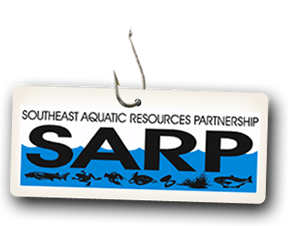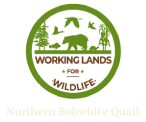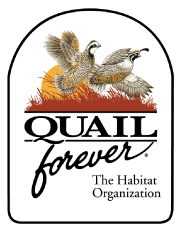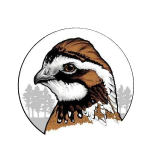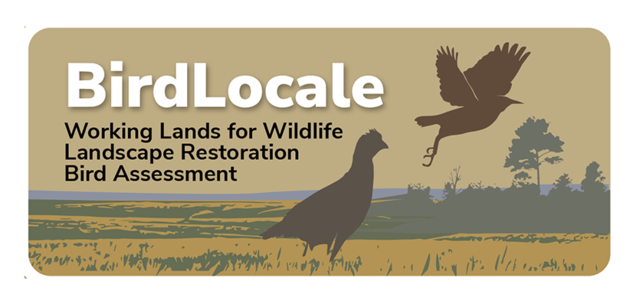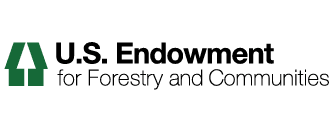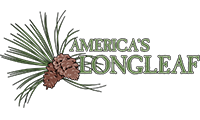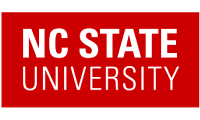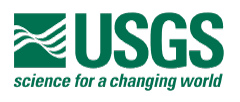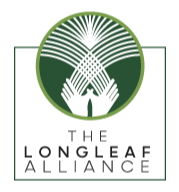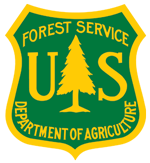ANCHOR: An Opportunity to Change Landscape Connectivity Networks and Conservation Delivery At-Scale in the U.S.
by
Rosanne Hessmiller
—
last modified
May 10, 2025 04:38 PM
Contributors:
Bridgett E. Costanzo, E. Jean Brennan, Elissa M. Olimpi and Justin P. Suraci
Abstract: Connectivity modeling has been a tool available to the conservation community
since the 1980s that guides our responses to habitat fragmentation. While the sophistication
of computer modeling continues to grow, on-the-ground delivery remains challenging and
lacks urgency. We present an approach to scale up delivery and do so within effective
timeframes. The approach, termed ANCHOR (Areawide Networks to Connect Habitat and
Optimize Resiliency), is grounded in connectivity science but executed in a manner that
is flexible, expandable, and measurable. ANCHOR goes beyond the traditional protected
area focus for establishing connected biomes to maximize the contributions of existing
public lands and expand private landowner participation. The approach is applied using
an umbrella species to represent a faunal group and/or multiple taxa to deliver co-benefits
of landscape connectivity. Public lands receive connectivity rankings that are then used to
engage potential connectivity partners who commit land units and collectively monitor
improvements in habitat quality and landscape resiliency. The ANCHOR approach can
guide unprecedented participation across agencies and departments to create public lands
networks, while private and corporate lands establish landscape connections. To illustrate
the approach, we present an example of native grasslands conservation in the central and
eastern U.S. and an emerging partnership with the Department of Defense.
Publication Date: 2025
Credits: Edited by Dr. Michela Balestri and Dr. Marco Campera.
DOWNLOAD FILE — PDF document, 1,556 kB (1,593,604 bytes)
LAND, Special Issue
Species Vulnerability and Habitat Loss II
Authors: Bridgett E. Costanzo, E. Jean Brennan, Elissa M. Olimpi and Justin P. Suraci


